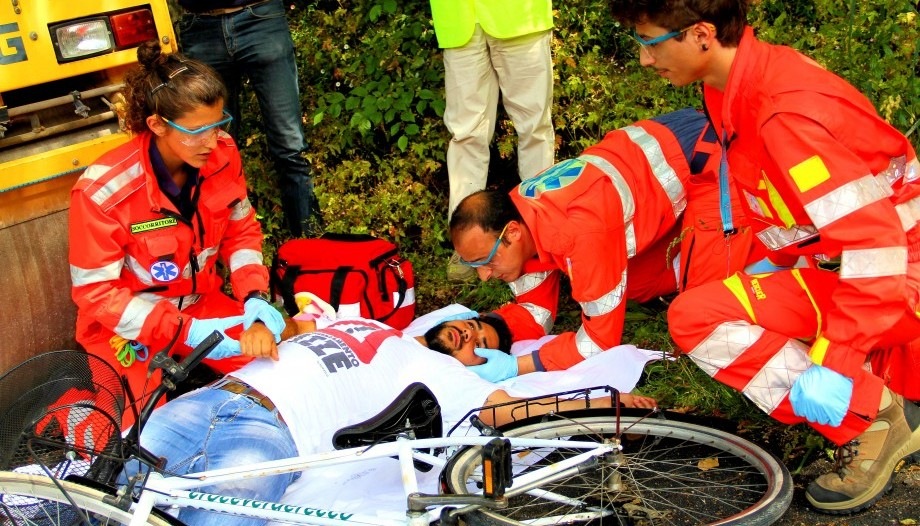
Trauma-Induced coagulopathy: Methods, Trigger and Mechanism of Early TIC
Trauma is the leading cause of death among people under the age of 44. Hemorrhage is a major contributor to deaths related to trauma in the first 48 h.
This pdf is an extract from Springer Science, by: Jeffrey W. Simmons • Jean-Francois Pittet • Bert Pierce
Accordingly, the management of these patients is a time sensitive and critical affair that anesthesiologists responsible for surgical resuscitation will face. Coagulopathy associated with trauma exists in one-third of all severely injured patients upon presentation to the hospital. Trauma patients presenting with coagulopathy have significantly higher mortality. This trauma-induced coagulopathy (TIC) must be managed adroitly in the resuscitation of these patients. Recent advancements in our understanding of TIC have led to new protocols and therapy guidelines. Anesthesiologists must be aware of these to effectively manage this form of shock. TIC driven by a combination of endogenous biological processes, as well as iatrogenic causes, can ultimately lead to the lethal triad of hypothermia, acidemia, and coagulopathy. Providers should understand how to promptly diagnose TIC and be aware of the early indicators of massive transfusion. The use of common laboratory studies and patient vital signs serve as our current guide, but the importance of each is still under debate. Thromboelastography is a tool used often in the diagnosis of TIC and can be used to guide blood product transfusion. Certain pharmaceutical strategies and non transfusion strategies also exist, which aid in the management of hemorrhagic shock. Damage control surgery, rewarming, tranexamic acid, and 1:1:1 transfusion protocols are promising methods used to treat the critically wounded. Though protocols have been developed, controversies still exist on the optimal resuscitation strategy.


